|
" The forests show richer and more varied foliage than we are accustomed to in the High Alps. Pines present themselves as dark shadowy cones amidst the fresh green of the desiduous forest, of beeches and alders, of ash and walnut, of copses that in June are bright and fragrant with golden azalea blossom. From the beauty of flowers and forests close at hand, the eye is carried through soft gradations of distance to the pure glaciers which hang down like silver stairs from the snowy chain. In October, golden against fresh autumn snows, the brilliancy of landscape must be marvelous. Space, variety, sunniness - those are the constant and characteristic qualities of Svanetian scenery. " ("The Exlploration of the Caucasus", Douglas W. Freshfield) photo: lush and shady woodlands above Lagami (Mestia) Most of following photos were taken around Mestia. You may even recognize some of these trees! Crataegus ambigua, hawthorn, thorn apple (E) Боярышник (R) კუნელი (G) Flowering in April - May. The fruits ripen in September-October. Crataegus, is derived from the Greek kratos "strength" because of the great strength of the wood and akis "sharp", referring to its thorns. Fagus orientalis, Oriental beech (E) წიფელი(G) Бук восточный (R) 25% of all forests in the Caucasus, humid areas without undergrows, up to 45 meters high Pýrus commúnis, Pear (E) მსხალი (G) Груша (R) Corylus avellana, common hazel (E) თხილი (G) Лесной орех (R) Hazelnuts are rich in protein and unsaturated fat. They also contain significant amounts of manganese, copper, vitamin E, thiamine, and magnesium. Quercus iberica, Georgian oak (E) ქართული მუხა (G) Грузинский дуб (R) Betula litwinowii, Litwinow Birch (E) არყი (G) Берёза Литвинова (R) Carpinus betulus, Hornbeam (E) კავკასიური რცხილა (G) Граб (R) It has a shallow, wide-spreading root system and is marked by the production of stump sprouts when cut back. The common English name hornbeam derives from the hardness of the woods (likened to horn) and the Old English beam "tree" (German, Baum). Pinus kochiana, Koch Pine (E) ფიჭვი (G) Сосна Коха (R) Populus tremula, Aspen (E) ასპენი (G) Осина (R) In North America, it is referred to as Trembling Aspen because the leaves "quake" or tremble in the wind. Berberis, barberry (E) კოწახური (G) Барбарис (R) The berries are common in Persian cuisine such as in rice pilaf and as a flavoring for poultry. Because of their sour flavor, they are sometimes cooked with sugar before being added to Persian rice. Iranian markets sell dried zereshk. In Russia it sometimes used in jams (especially with mixed berries), and extract of barberries is a common flavoring for soft drinks, candies, and sweets. Alnus subcordata, Caucasian alder (E) Ольха сердцелистная (R) Alders are commonly found near streams, rivers, and wetlands. Most of the pilings that form the foundation of Venice were made from alder trees! Ilex colchica, Black Sea holly (E) падуб остролистный (R) During the Cenozoic Era, the Mediterranean and Black Sea regions had a wetter climate and were largely covered by laurel forests. Holly was a typical representative species of this biome. With the drying of the Mediterranean Basin during the Pliocene, the laurel forests gradually retreated, replaced by more drought-tolerant plant communities. Fraxinus, ash (E) ნაცარი (G) Ясень (R) Due to its elasticity, robbust structure and good looks ash is ideal for indoor furniture and stairs. Rowans, Mountain ash (E) როუანი (G) Рябина обыкновенная (R) Red Raspberry (E) ჟოლო (G) Малина (R) Blackberry (E) მაყვლის (G) Ежевика (R) Red Currant (E) Смородина красная (R) წითელი მოცხარი (G) Blueberry (E), მოცვის (G), Черника (R) Prúnus cerasífera, cherry plum (E), ტყემალი (G), Алыча (R) Juglans regia, Walnut (E) орех грецкий (R) ნეძი (G) Prúnus ávium, wild cherry (E) ალუბალი (G) черешня (R) Wild cherries have been an item of human food for several thousands of years. The stones have been found in deposits at Bronze Age settlements. Chestnut (E) ჭუბური (G) Каштан (R) Rhododéndron lúteum, Yellow azalea (E) იელი (G) Рододендрон жёлтый (R) Despite the sweet perfume of the flowers, the nectar is toxic, records of poisoning of people eating the honey date back to the 4th century BC in Classical Greece. Abies nordmanniana, Caucasian fir (E) კავკასიური სოჭი (G) Пихта Нордмана (R) The tallest tree of the continent of Europe (grows up to 85m) Juníperus sabína, Savin juniper (E) Можжевельник казацкий (R) Ácer platanoídes, Norway Maple (E) Клён остролистный (R) ლეკა (G) წყავი (G), cherry laurel (E), Лавровишня лекарственная (R) is an evergreen species of cherry (Prunus), native to regions bordering the Black Sea and southeastern Europe, through Turkey to the Caucasus Mountains and northern Iran. The seed inside the fruit (and the leaves) contain larger concentrations of hydrogen cyanide, and should never be eaten. The toxicity of the seed inside the fruit is similar to the cyanide toxicity of the seeds inside the common fruits apricot and peach Lombardy poplar (E), ოფი (G), Тополь пирамидальный (R) selected in Lombardy, northern Italy, in the 17th century. The growth is fastigiate (having the branches more or less parallel to the main stem), with a very narrow crown. Viburnum opulus, Калина (R), guelder rose (E) The fruit is edible in small quantities, with a very acidic taste; it can be used to make jelly. The name of the Russian song Kalinka is a diminutive of Kalina. Viburnum opulus is also an important symbol of the Russian national ornamental wood painting handicraft style called Khokhloma.
2 Comments
The landscape genre came relatively late, in the mid 17th century Holland. Not surprising, these paintings show environment which is predominantly flat. However, one hundred years earlier the great Peter Bruegel traveled to Alps and introduced mountains into his paintings. We have to wait another 250 years to see something similar! Peter Bruegel, November, (detail) 1565 The perception of the Alps changed in the end of eighteenth century from that of a "gloomy, frowning, oppressive, and a disfigurement of the landscape" to one more attune to the wonder and beauty of nature. Its remoteness and awe-inspiring grandeur with constant change of weather and light added to attraction. Mont Blanc, end of 18th century Topographic Meticulous drawings of the Alps in period when they became a subject of scientific interest. They have both geological and historical significance. Hans Conrad Escher, Matterhorn, 1806 Gustav Radde, Layla from Pari, 1866 Romantic For Victorian painters mountains were manifestation of sublime natural architecture with it's spires and towers bathed in transitional light. Watercolor on paper was most suitable for this task. John Ruskin, Aiguille Verte , 1850 Academic It was popular in North America and the Continent. Very close to life these paintings (oil on canvas) are views of snow peaks in stark contrast with lush valleys. It's style traces back to Poussin. Alexey Savrasov, Jungfrau, 1875 Modern (Symbolist) Just as Romantics these artists payed much attention to light. But their palette was more intense and forms more defined. Ferdinand Hodler, Jungfrau, 1914 Nikolay Roerich, Elbrus, 1933 Modern (Expressionist) Free use of color and dynamic compositions. Ernst Ludwig Kirchner, Davos, 1925 Modern (Classical) This painting with strong contrasts of light and shade has limited palette and gives an excellent idea of how mountains are built. Howard Somerwell, Marmolada, 1936 Outdoor These two examples show different approach to on-site painting. One has almost photographic quality while another is free in handling and color. Franz Roubaud, Kazbek, 1882 Henri Matisse, Savoy Alps, 1901
|
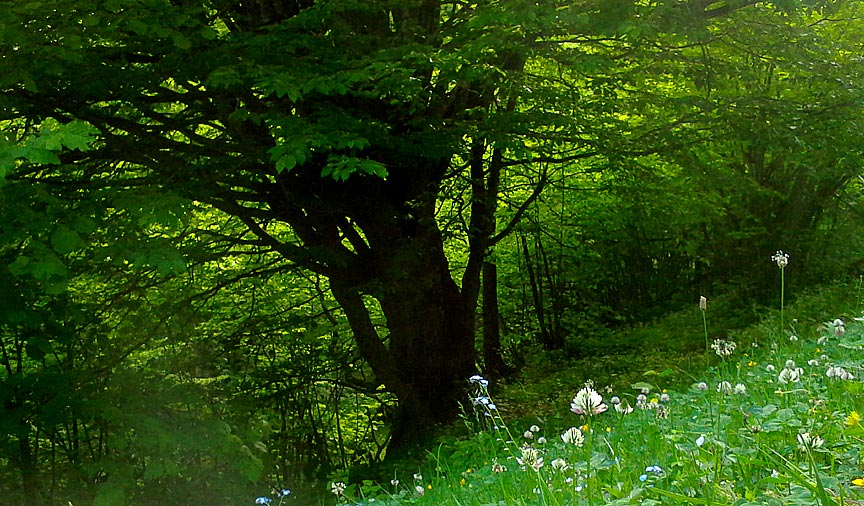
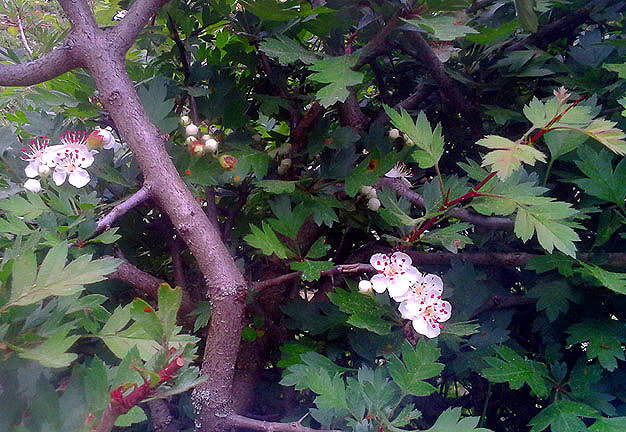
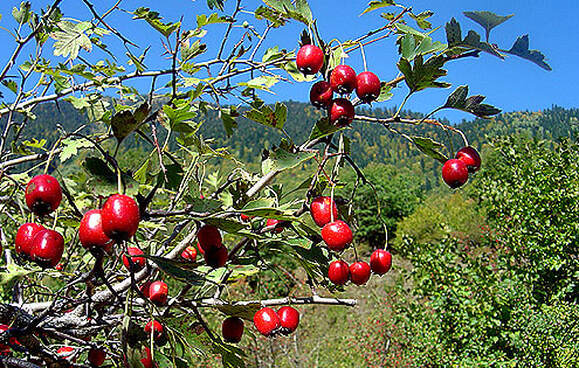
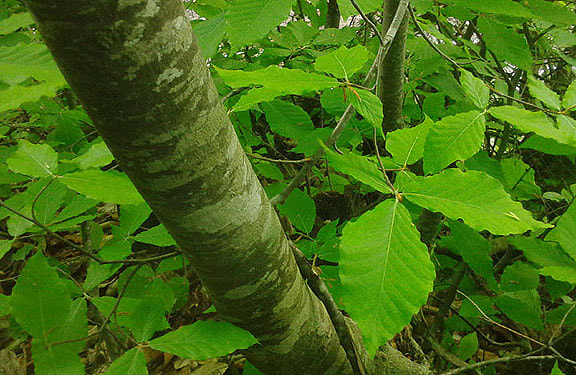

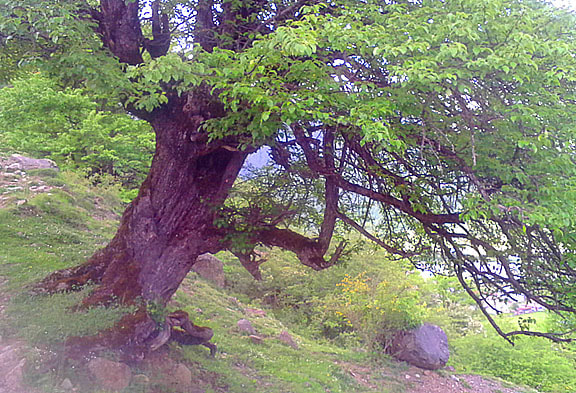
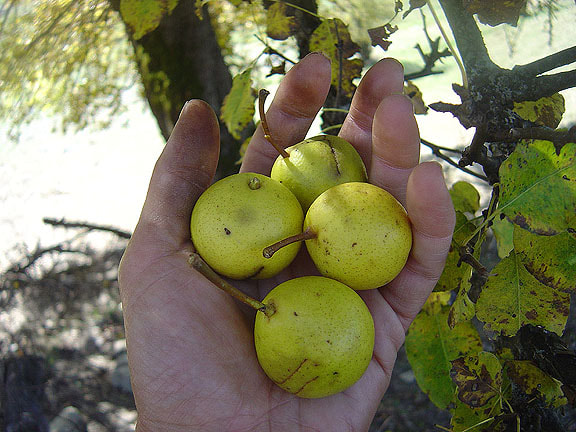
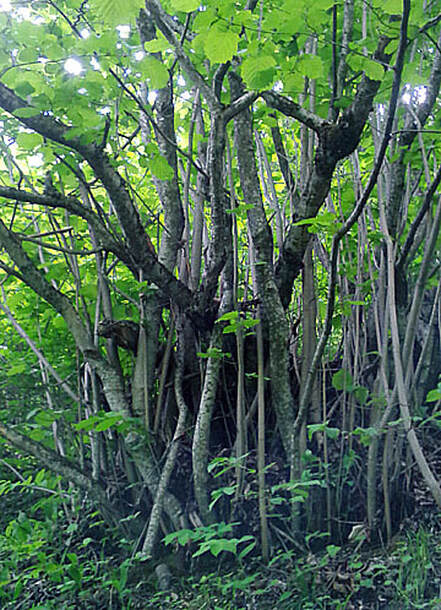
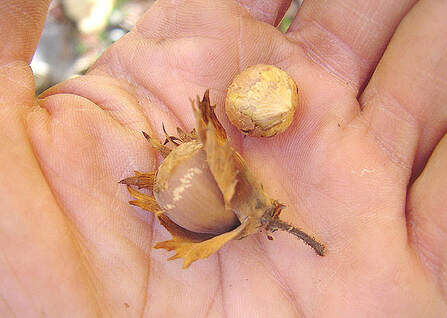
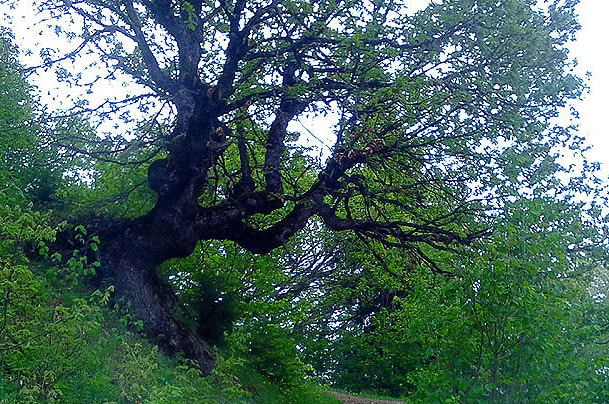
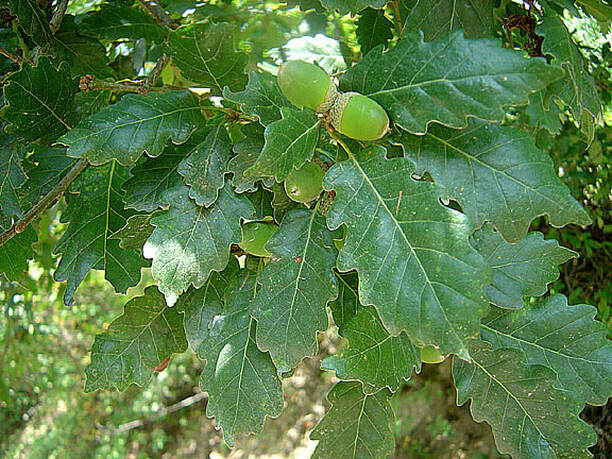
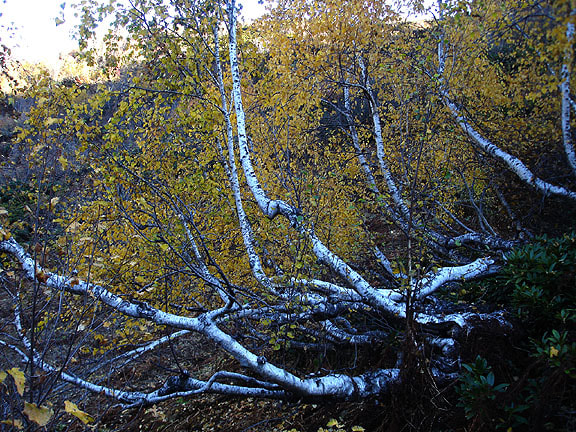
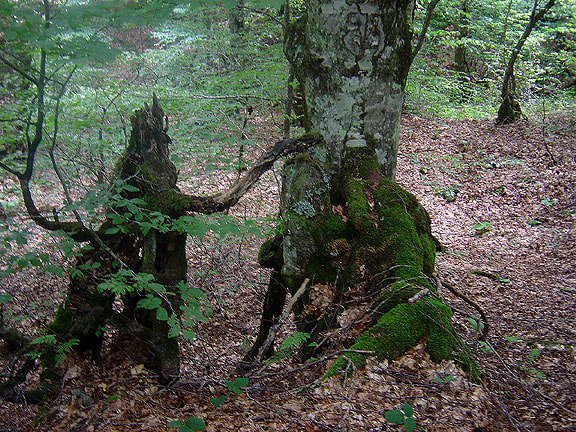
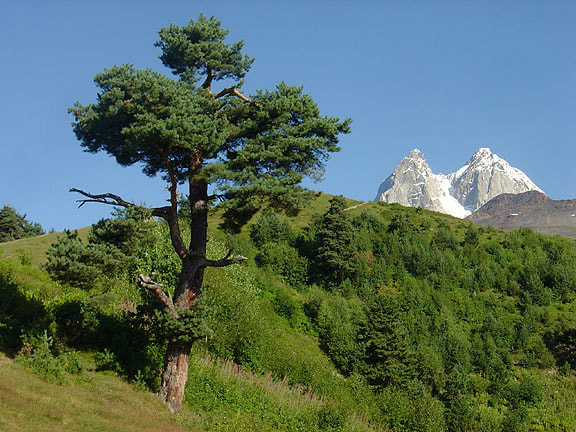
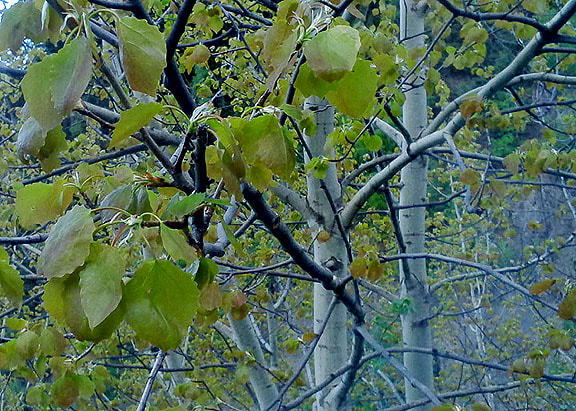
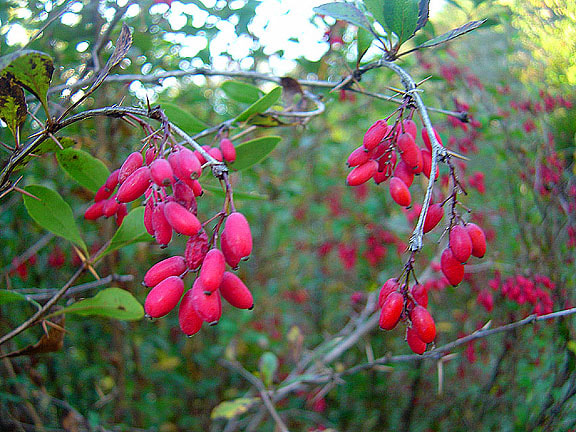
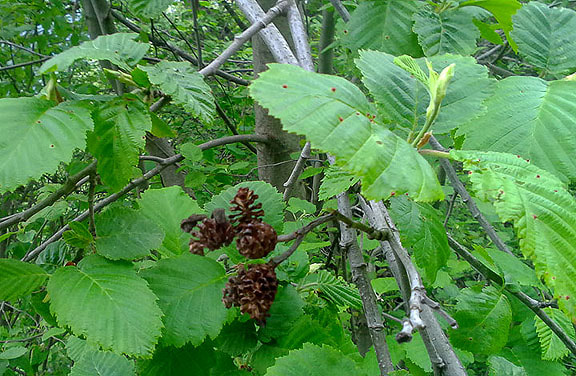
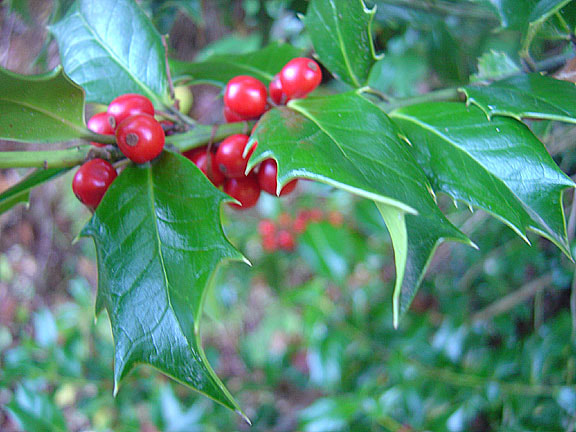
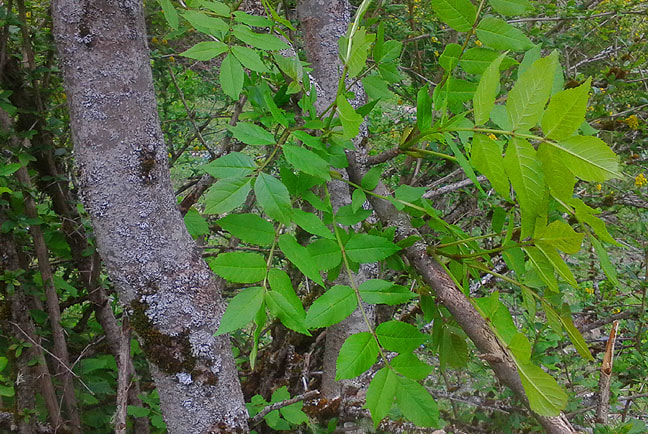
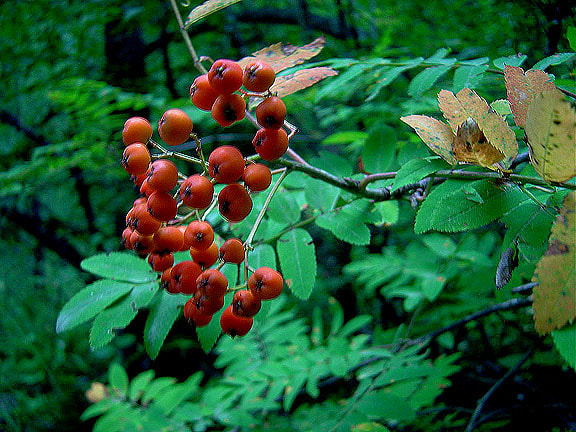
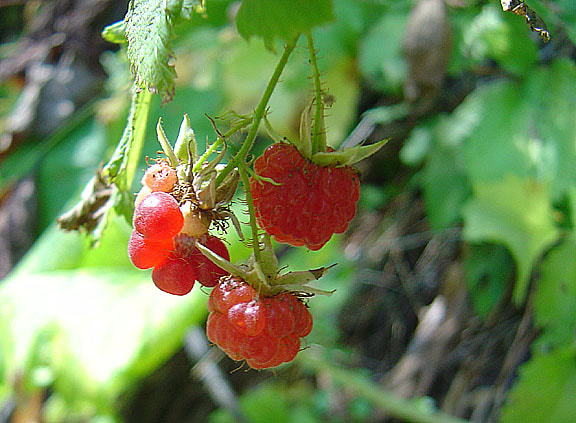
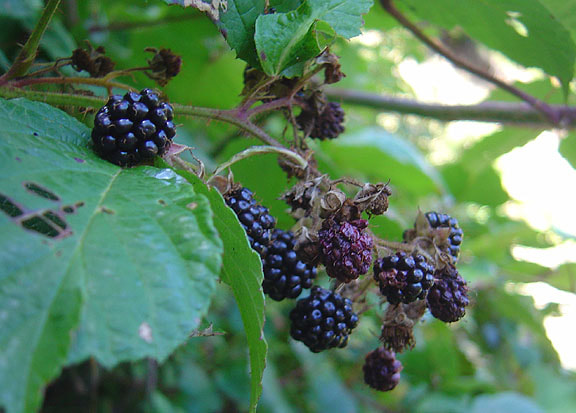
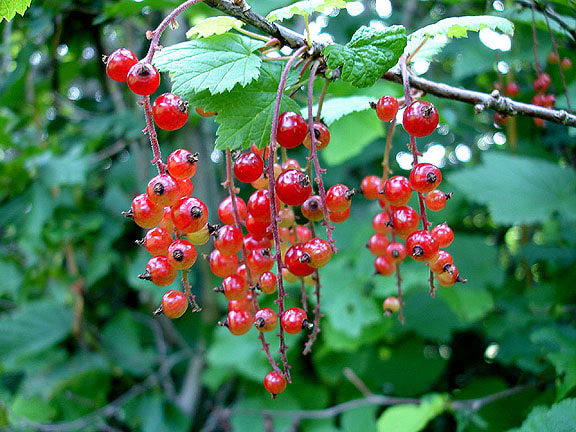
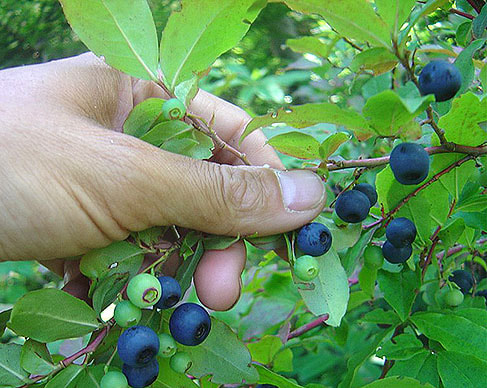
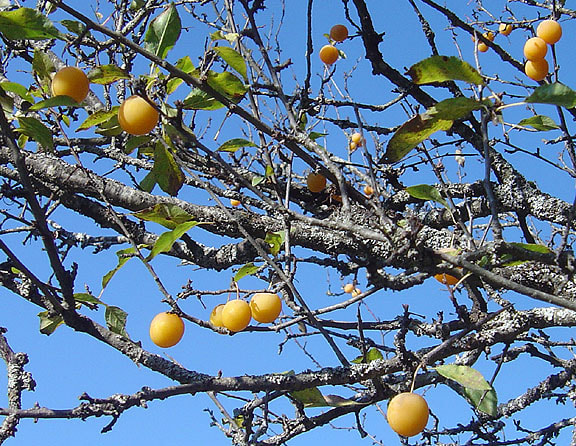
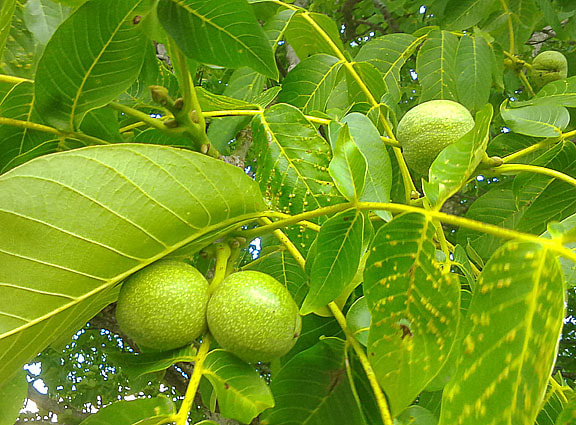
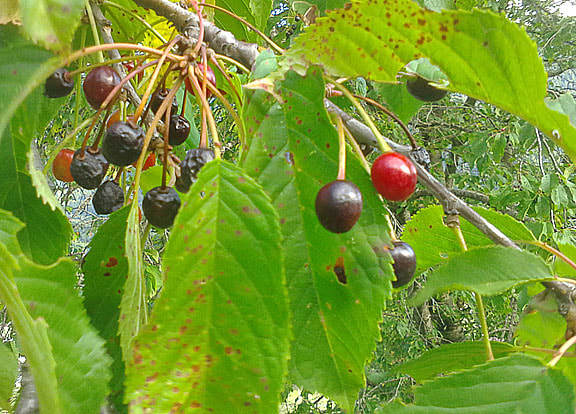

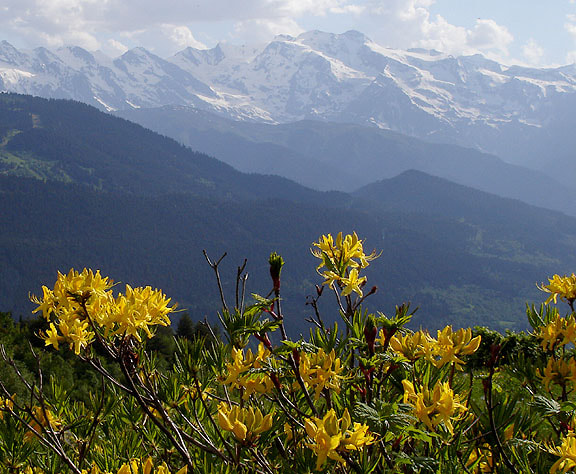
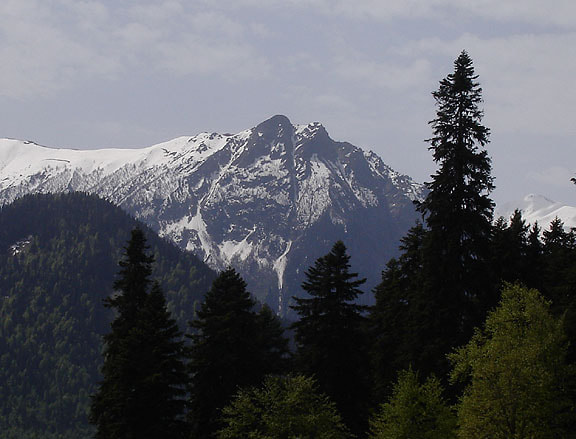
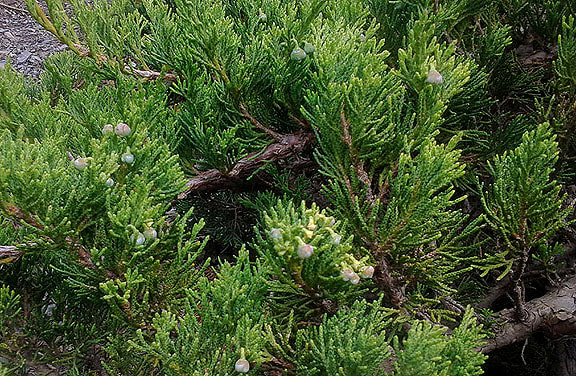
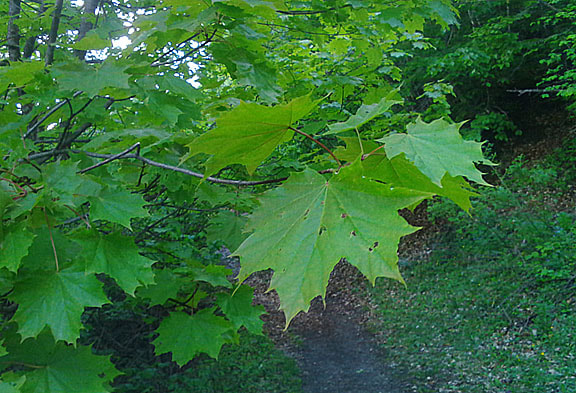
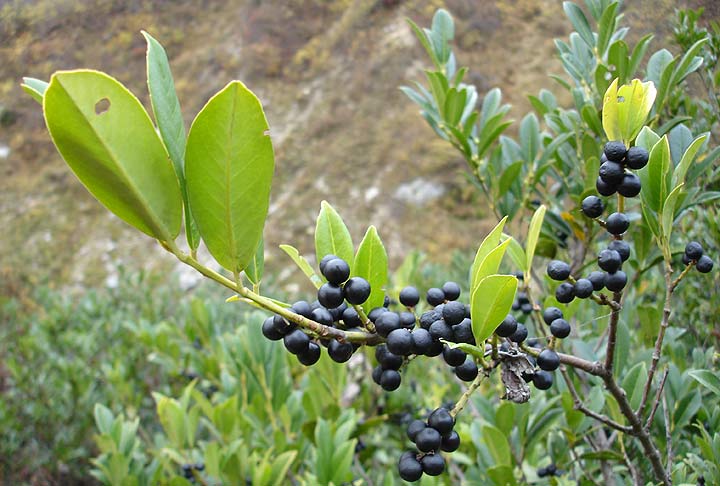
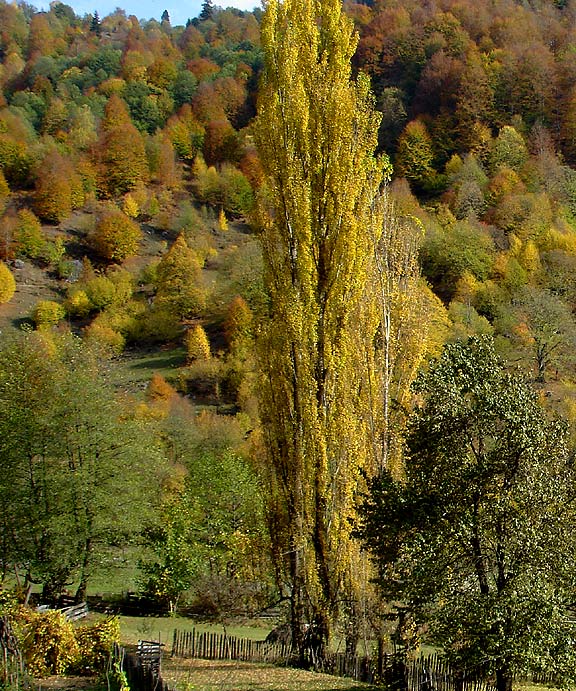
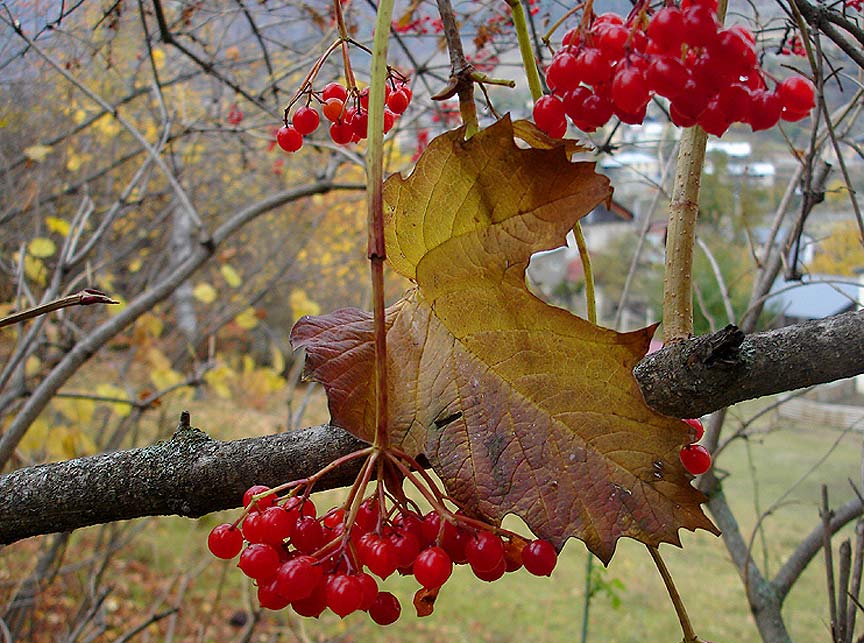
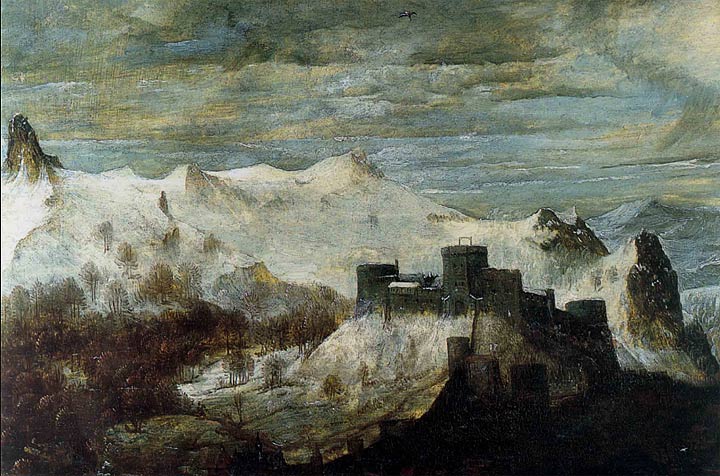
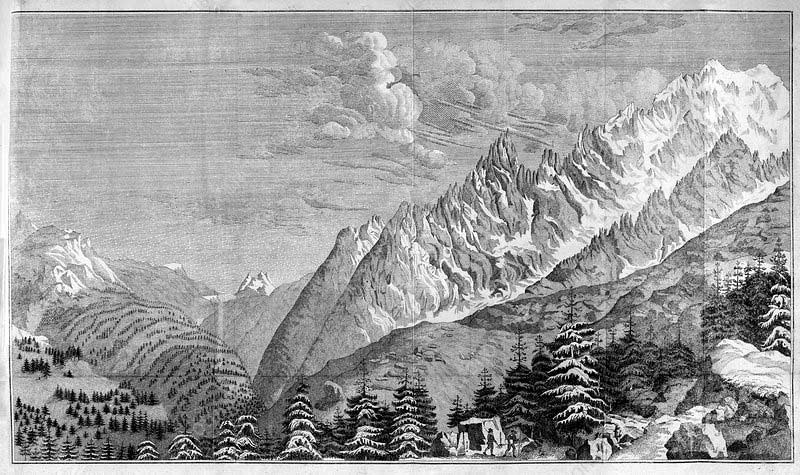
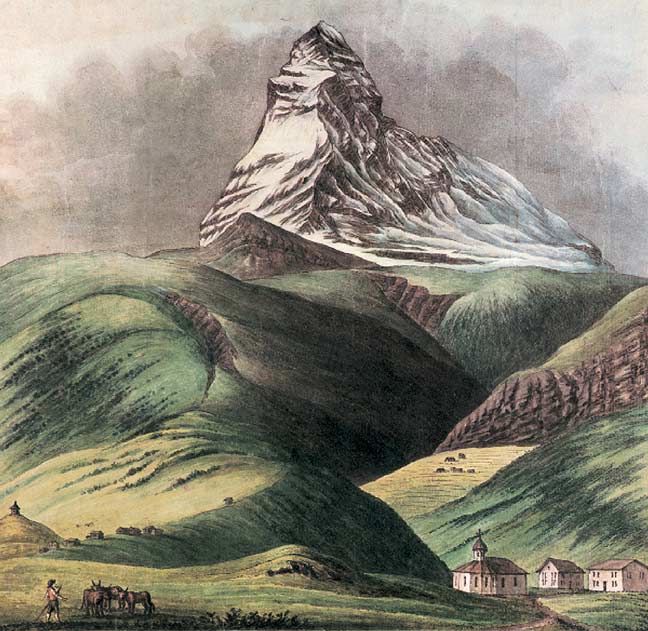
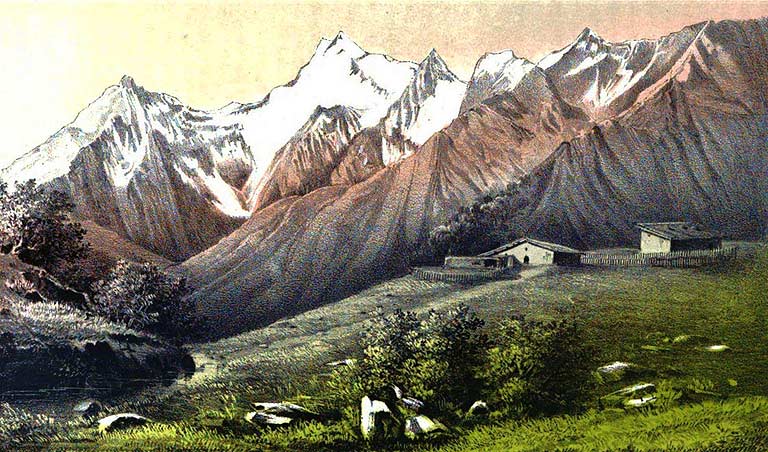
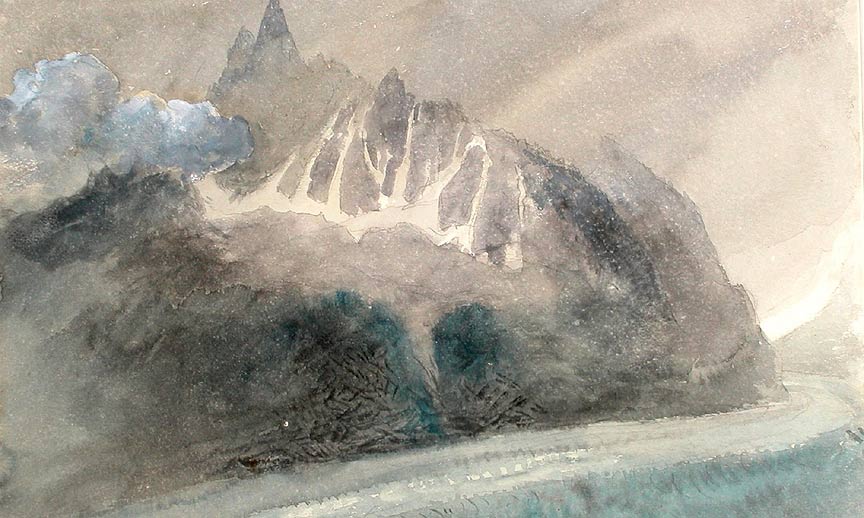
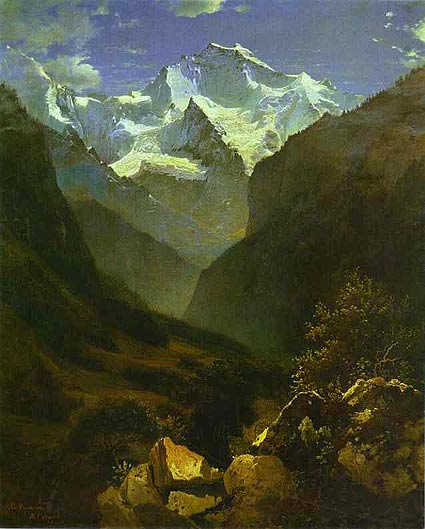
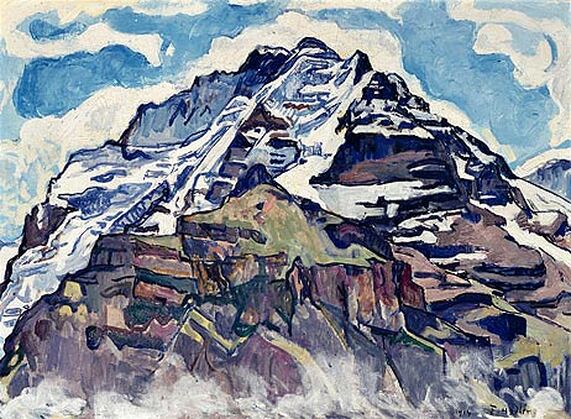
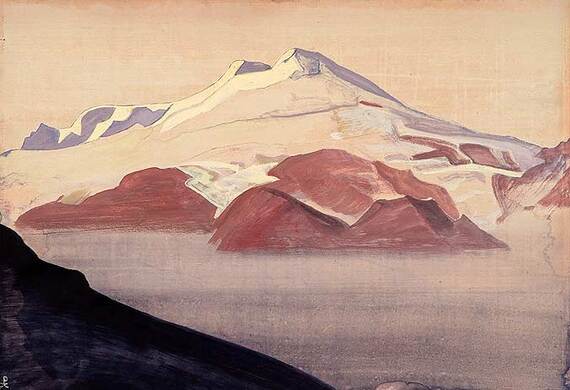
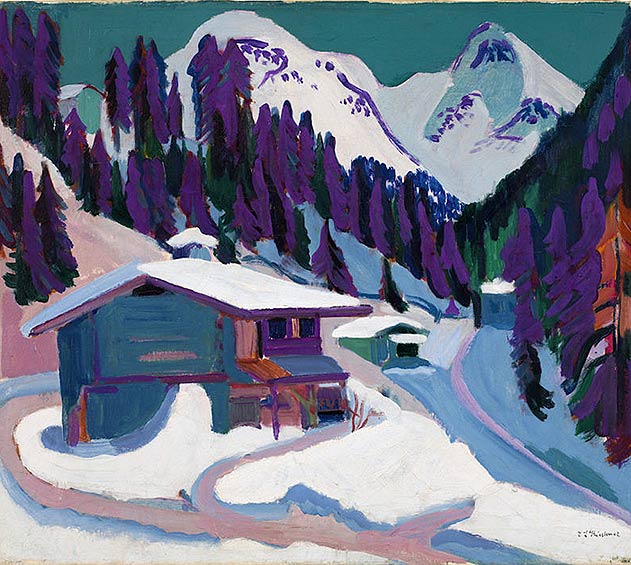
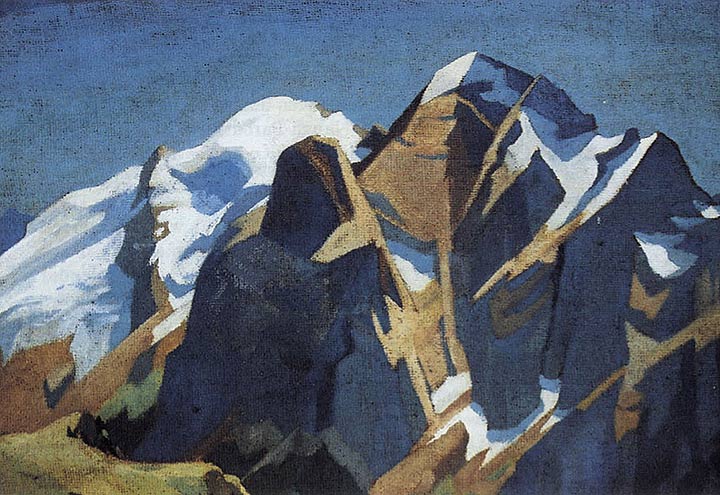

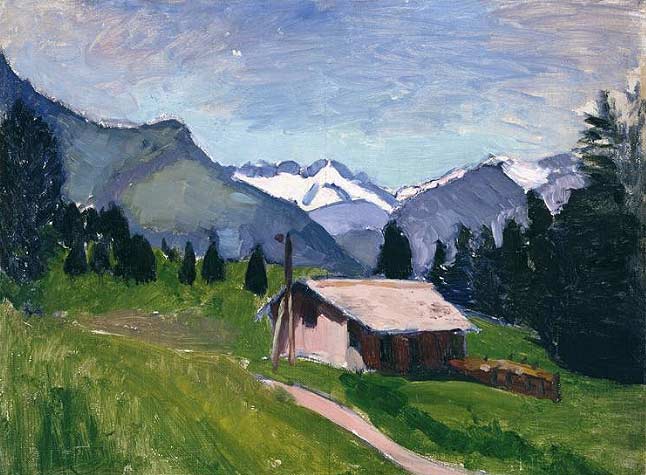
 RSS Feed
RSS Feed